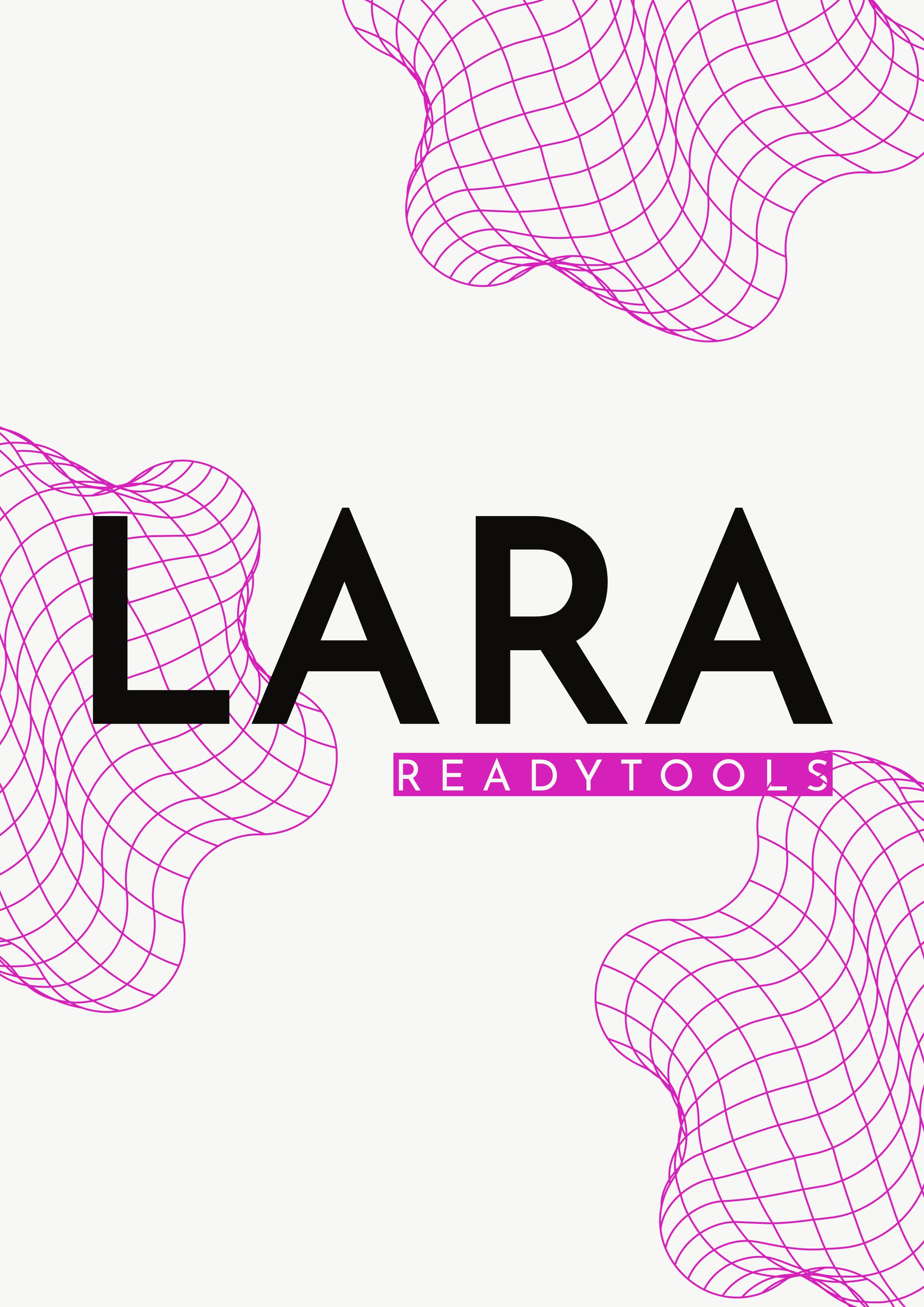Models in Logic
In logic, models describe how we interpret a given formal language. Syntax provides the symbols and rules, while semantics (models) define what they mean.
Syntax and Semantics
Syntax specifies how a correct formula can be built (for example, p ∧ q, ¬p, p → q). Semantics tells us what truth value these formulas receive in a given model.
What is a Model?
A model is a specific interpretation: we assign truth values (true or false) to logical variables, and in first-order logic, meanings to individuals, functions, and relations.
Example: Suppose p = 'It is raining', q = 'The road is wet'. In one model, p can be true, q true. In another model, p true, but q false. The value of the formula p → q varies according to the model.
Satisfiability with Models
A formula is satisfiable if there is a model in which it is true. If there is no such model, the formula is a contradiction. If true in every model, it is a tautology.
This notation shows that the φ formula is true in a model.
Examples of Models
- Propositional logic: we simply assign true/false values to variables.
- First-order logic: constants, functions, and relations receive meanings (e.g., '<' relation on natural numbers).
- Mathematical structures: models can be number sets (ℕ, ℤ, ℝ), graphs, set systems.
Why Are Models Important?
- They help understand when a formula is true or false.
- They enable comparison of logical systems.
- They are the foundation of mathematical logic, formal proofs, and algorithm analysis.
- They create a connection between purely syntactic formulas and real-world interpretations.
Summary
Logical models are carriers of semantics: they specify how we interpret a formal language. A formula can be satisfiable, a tautology, or a contradiction, depending on which models it is true in.
Practice Exercise
We have reviewed and checked the materials, but errors may still occur. The content is provided for educational purposes only, so use it at your own responsibility and verify with other sources if needed.
✨ Ask Lara — your AI study partner
Unlock personalized learning support. Lara can explain lessons, summarize topics, and answer your study questions — available from the Go plan and above.
Lara helps you learn faster — exclusive to ReadyTools Go, Plus, and Max members.


